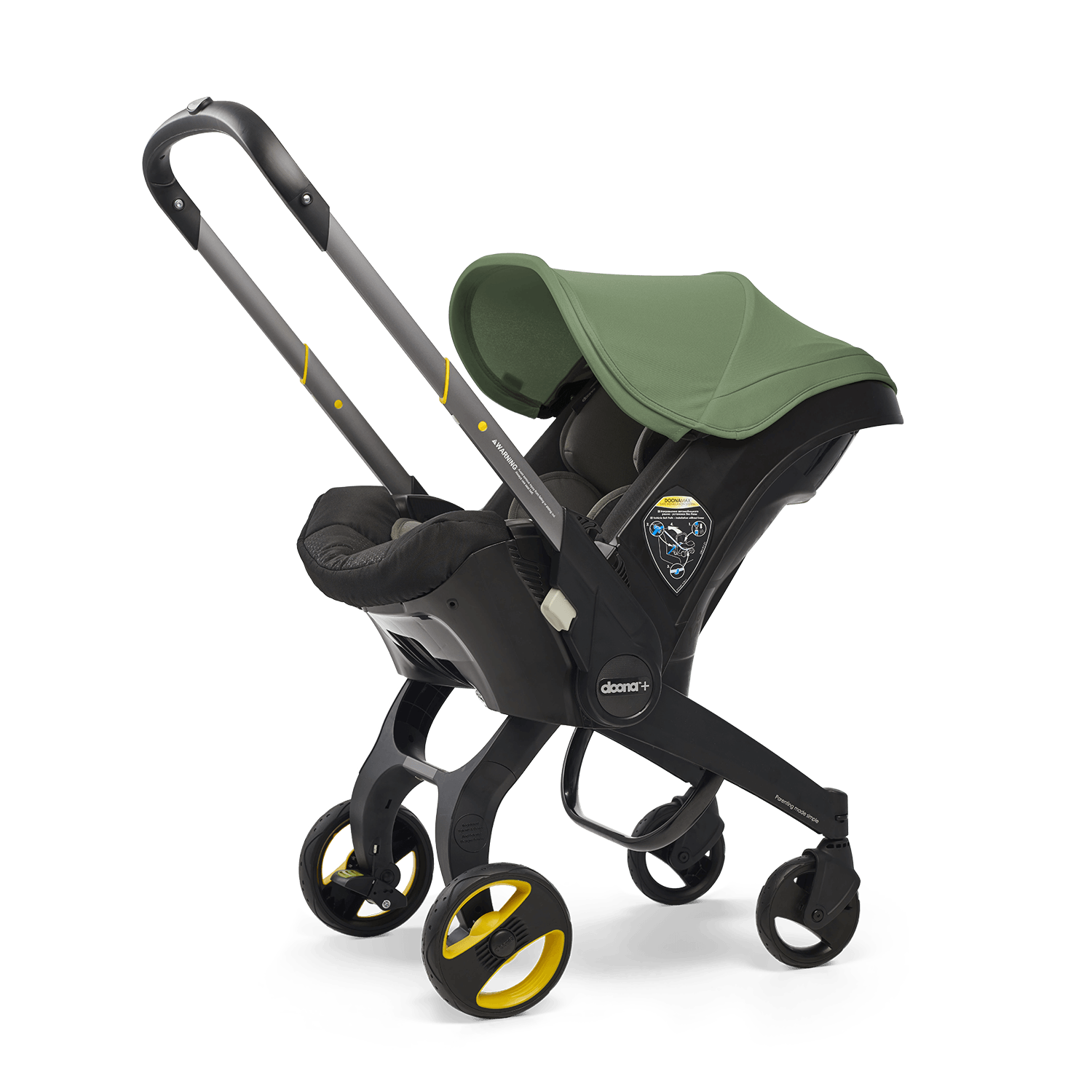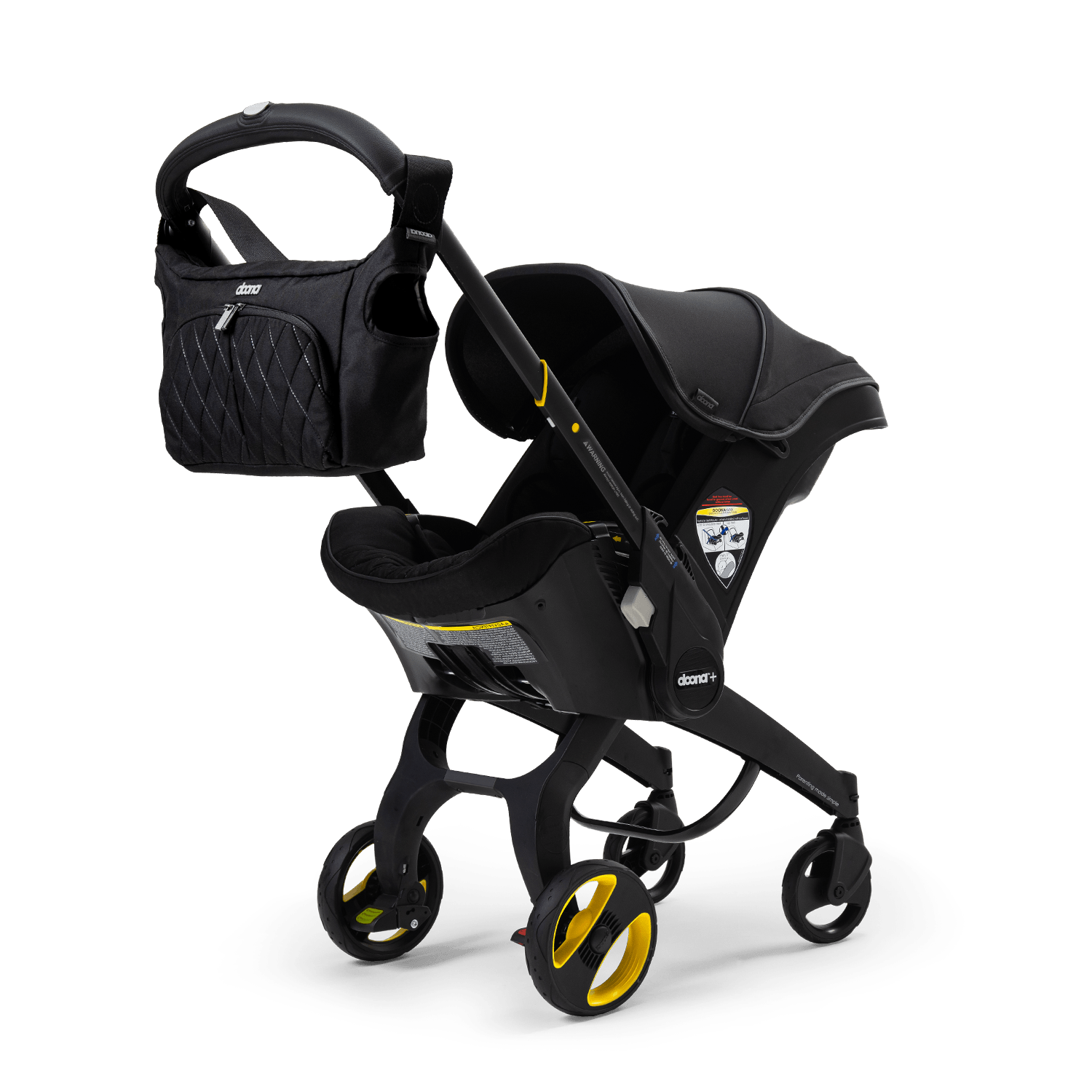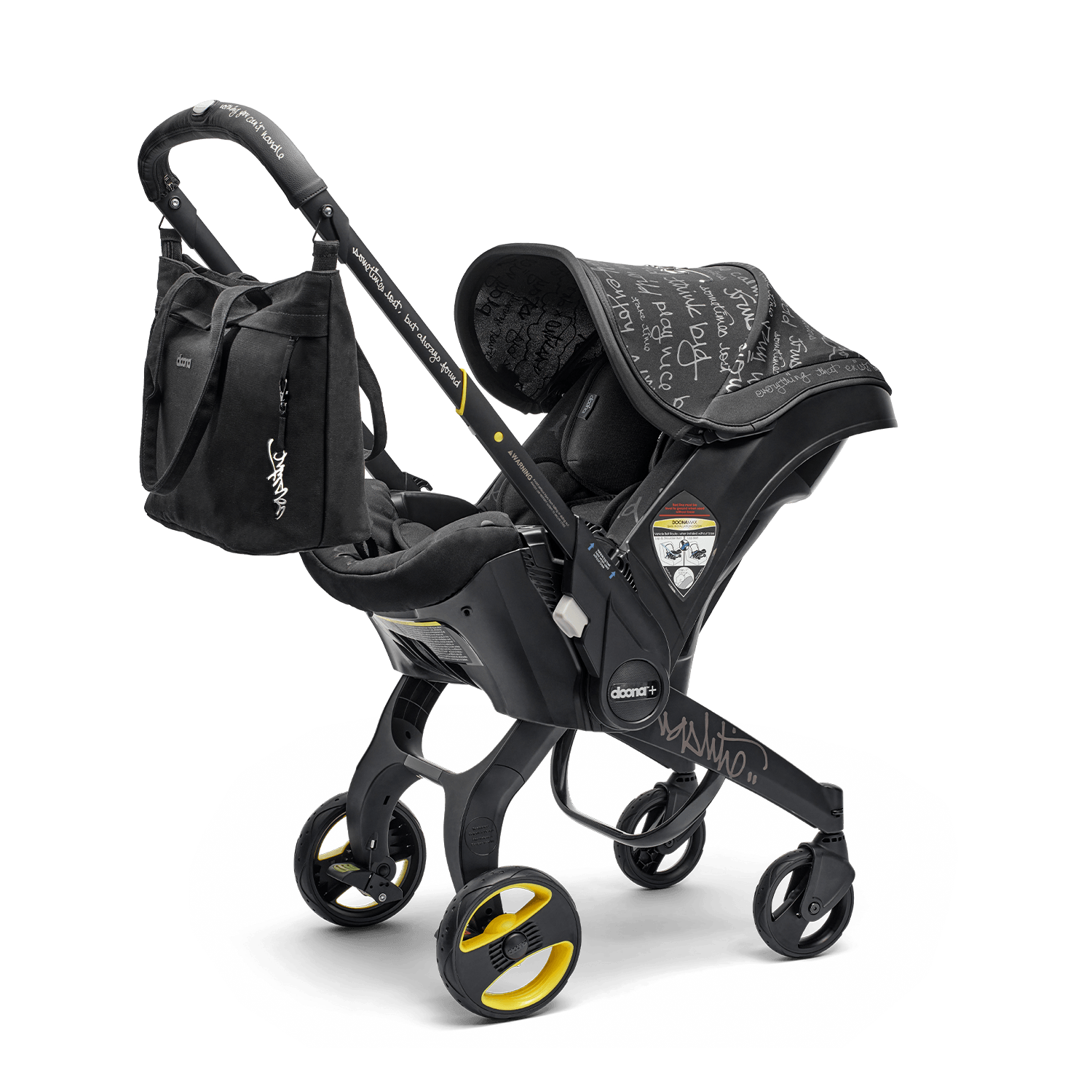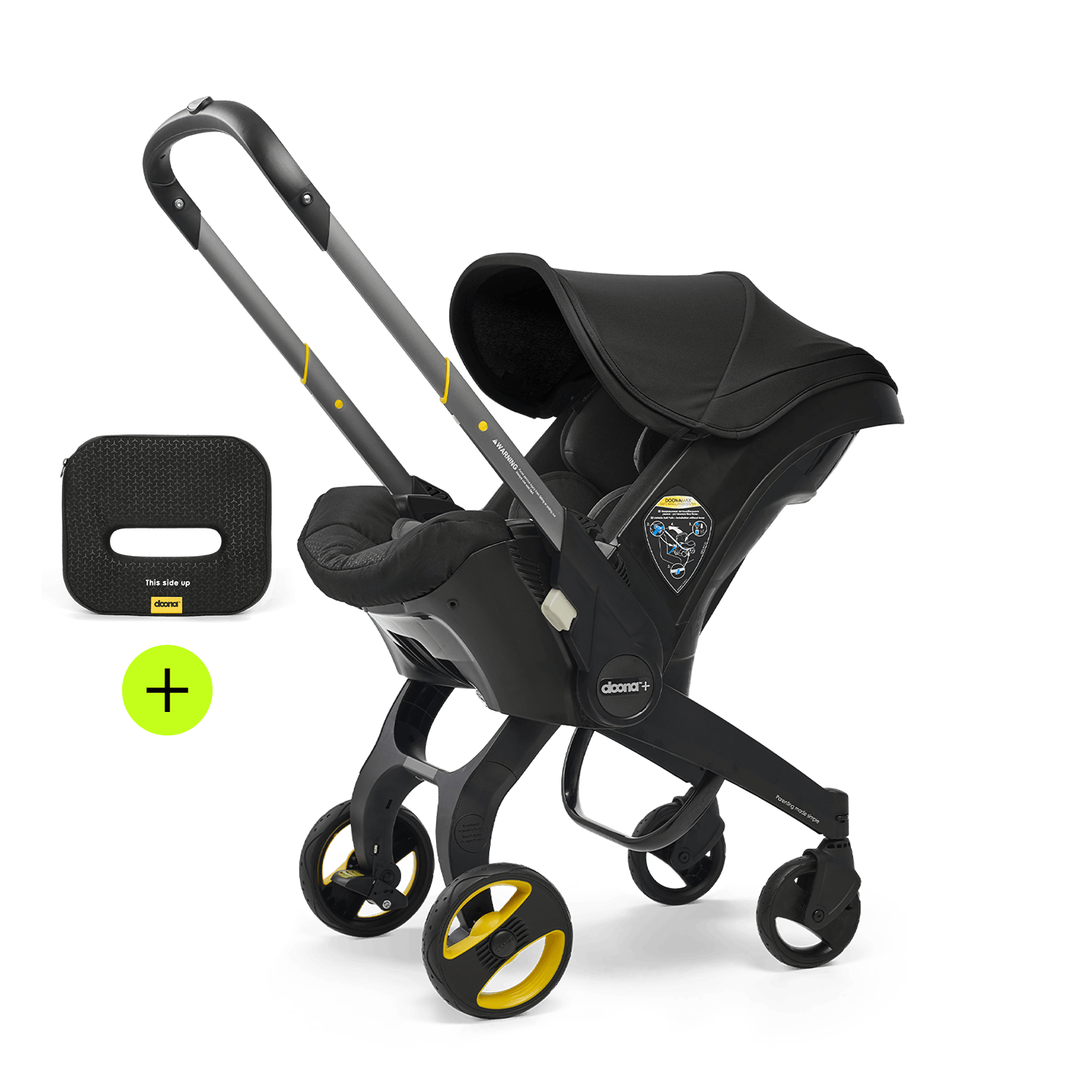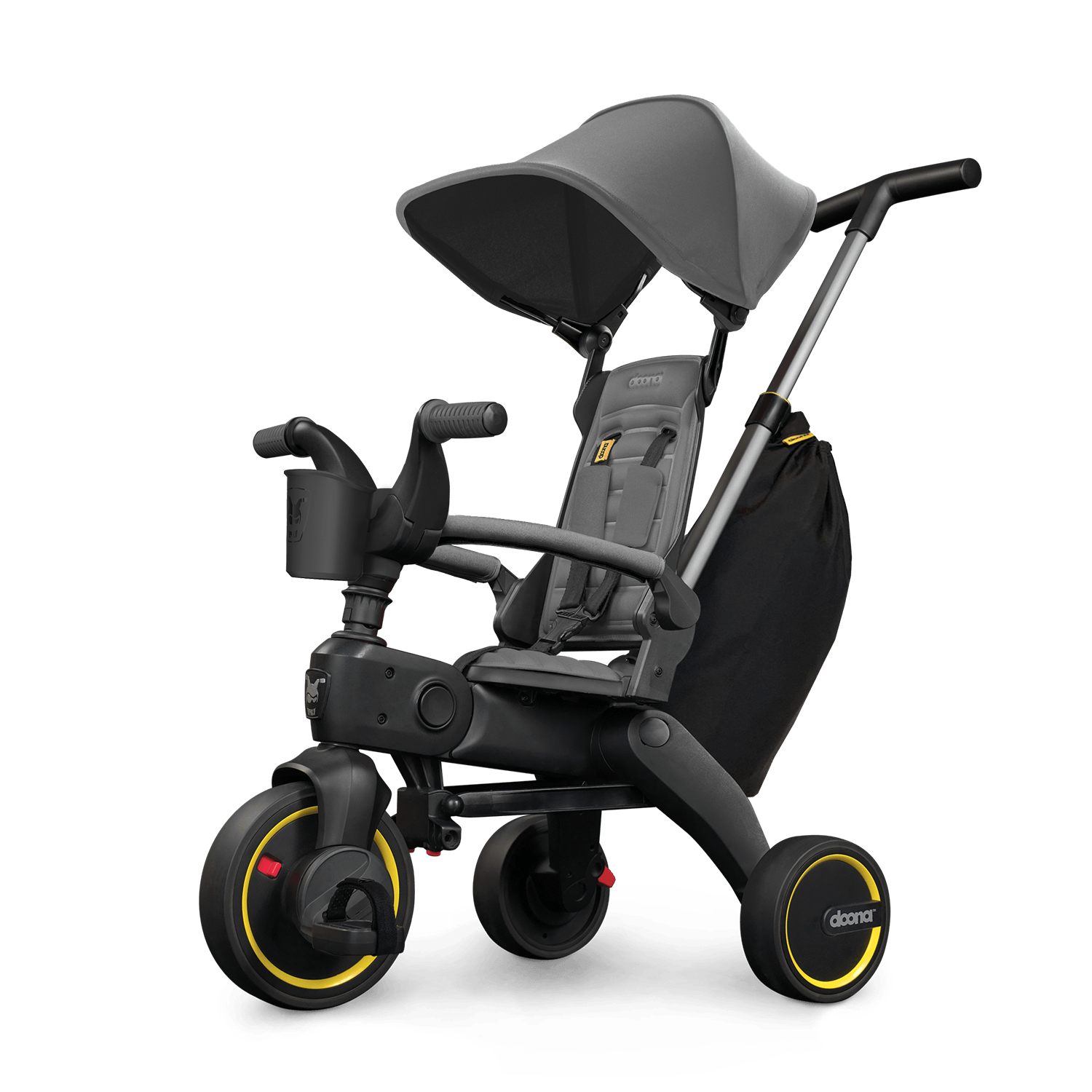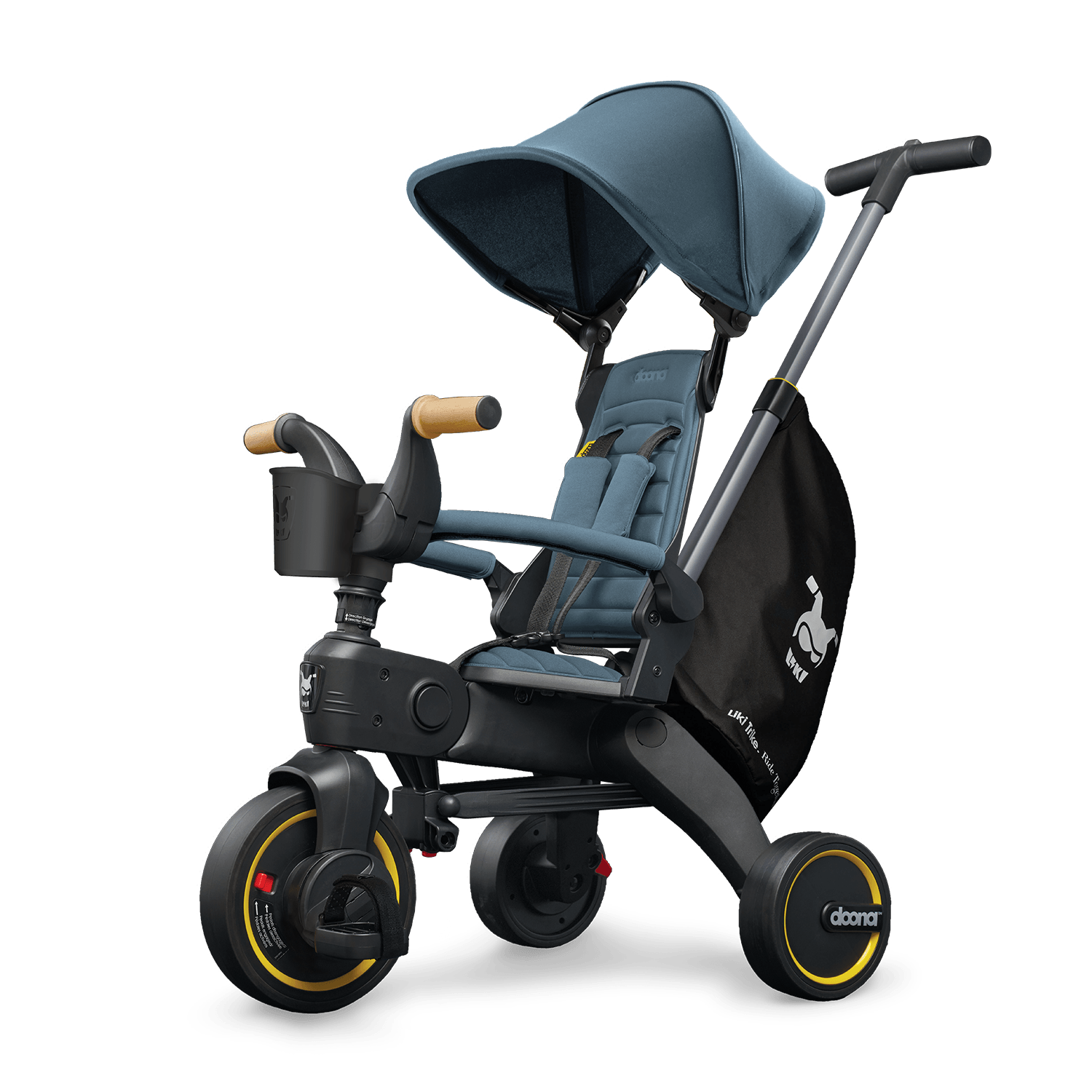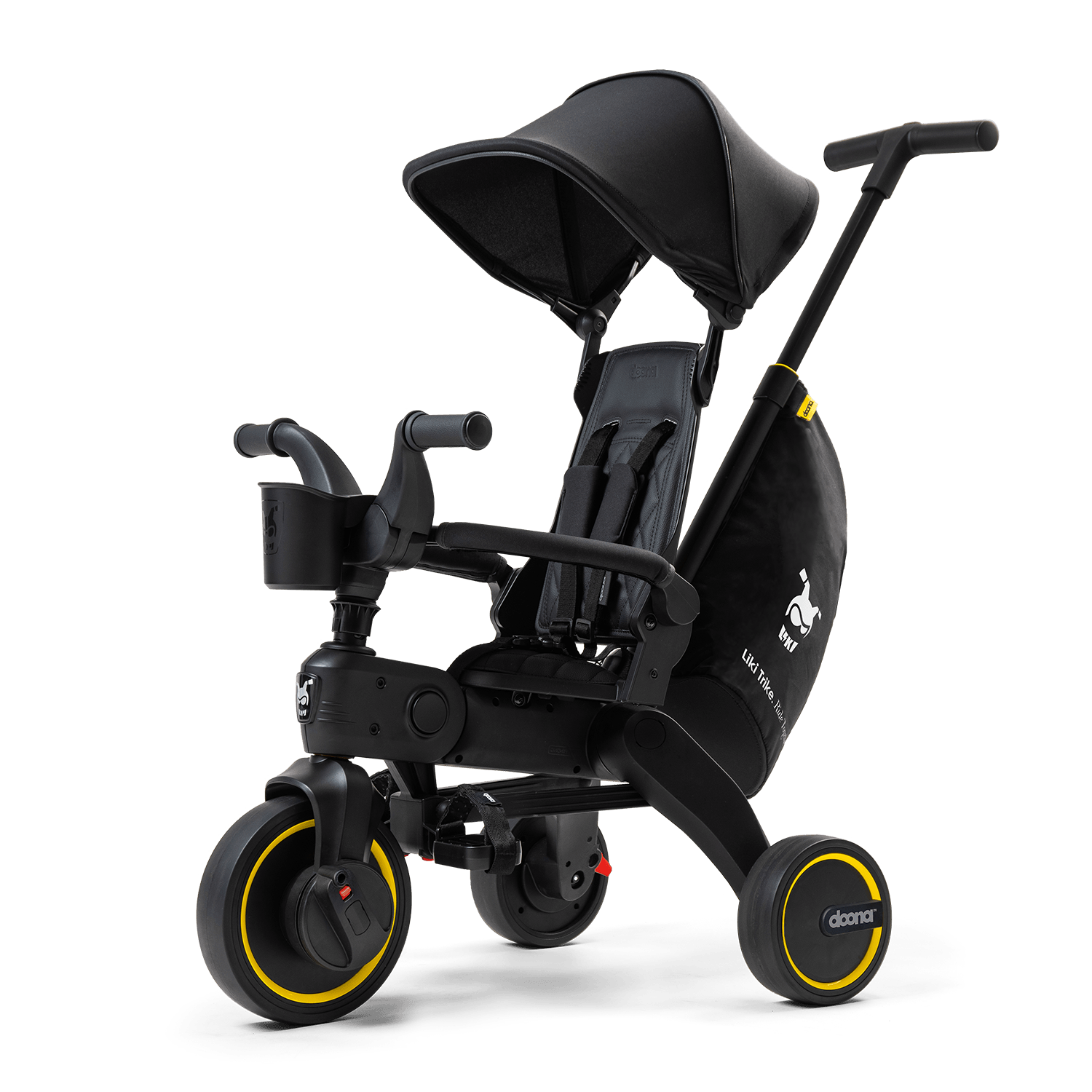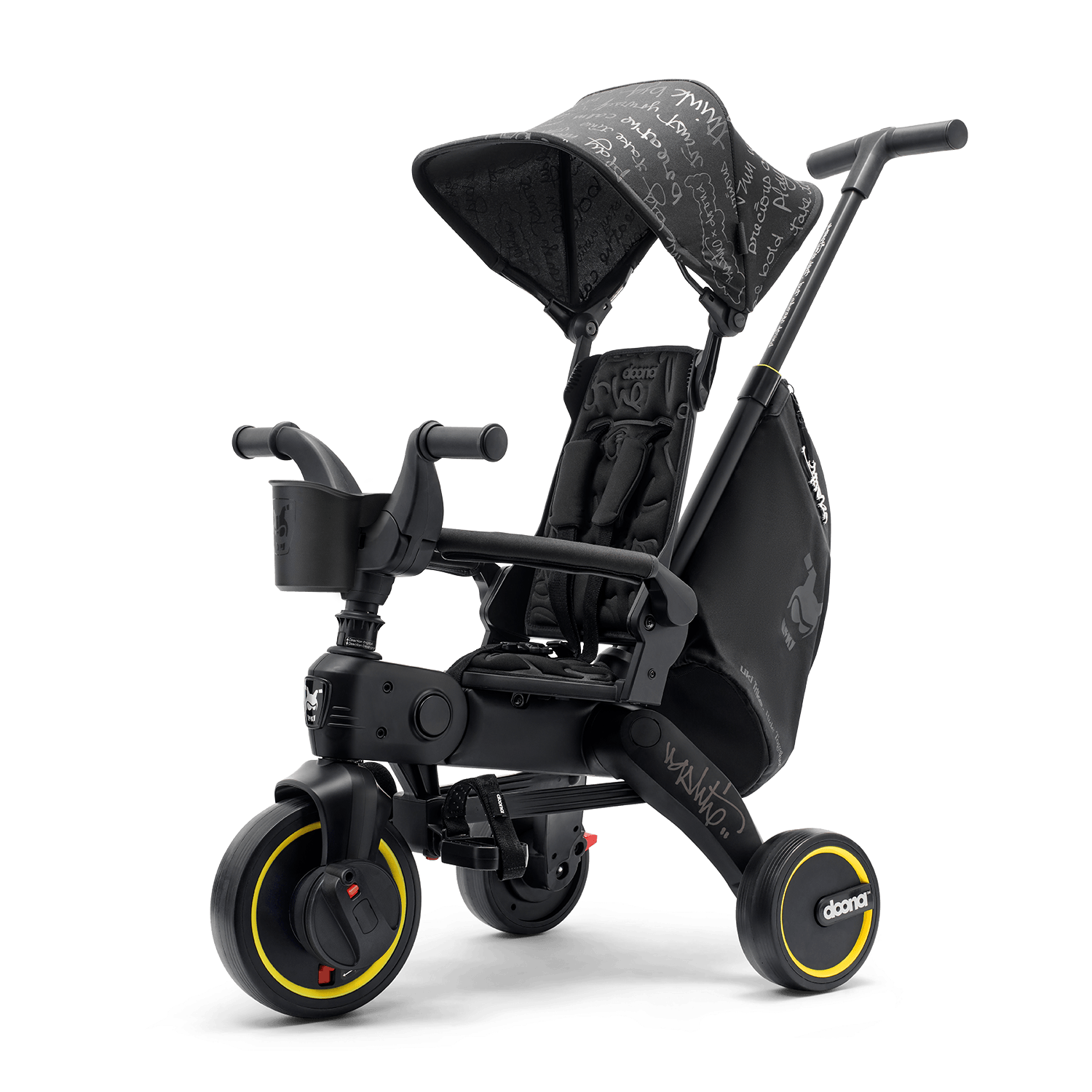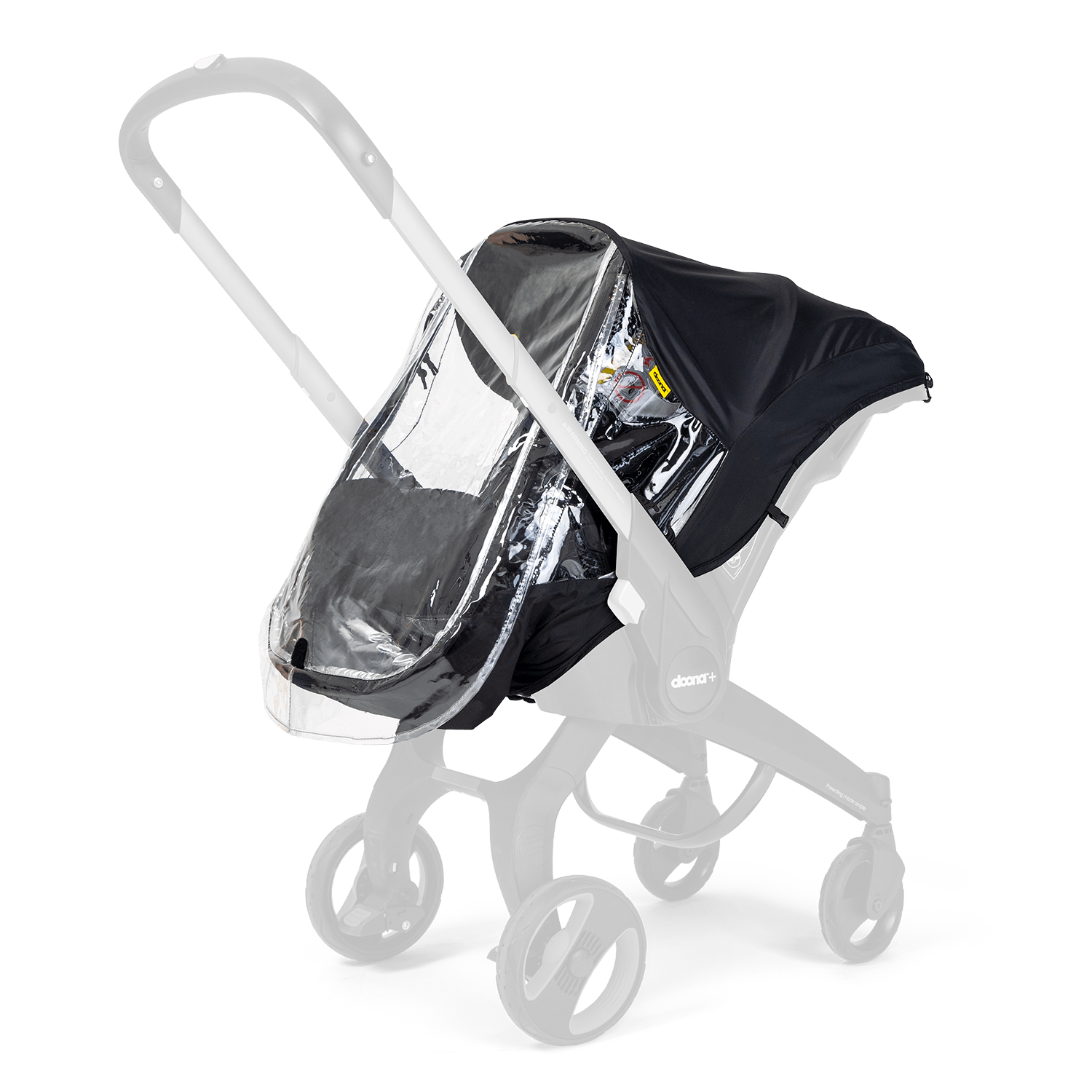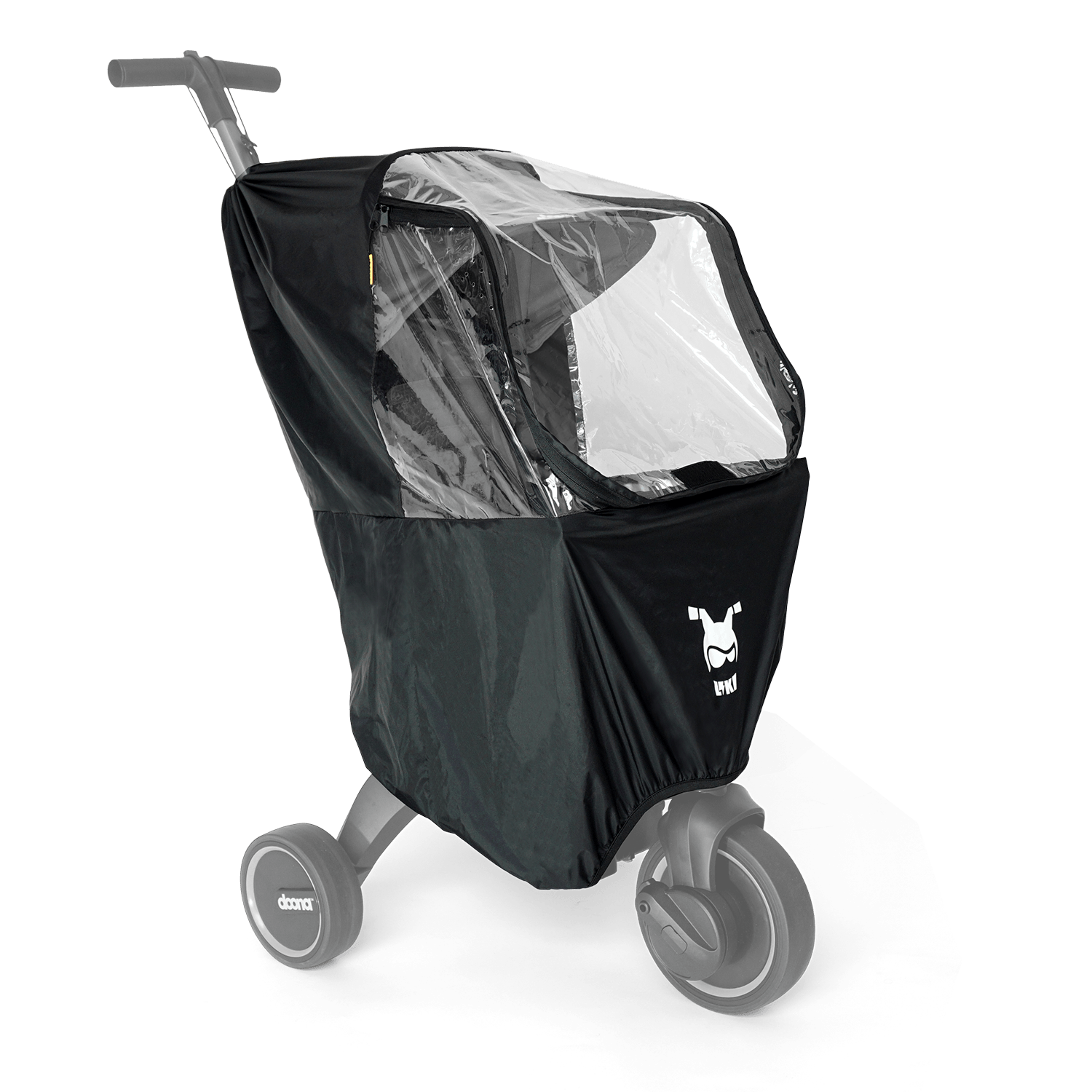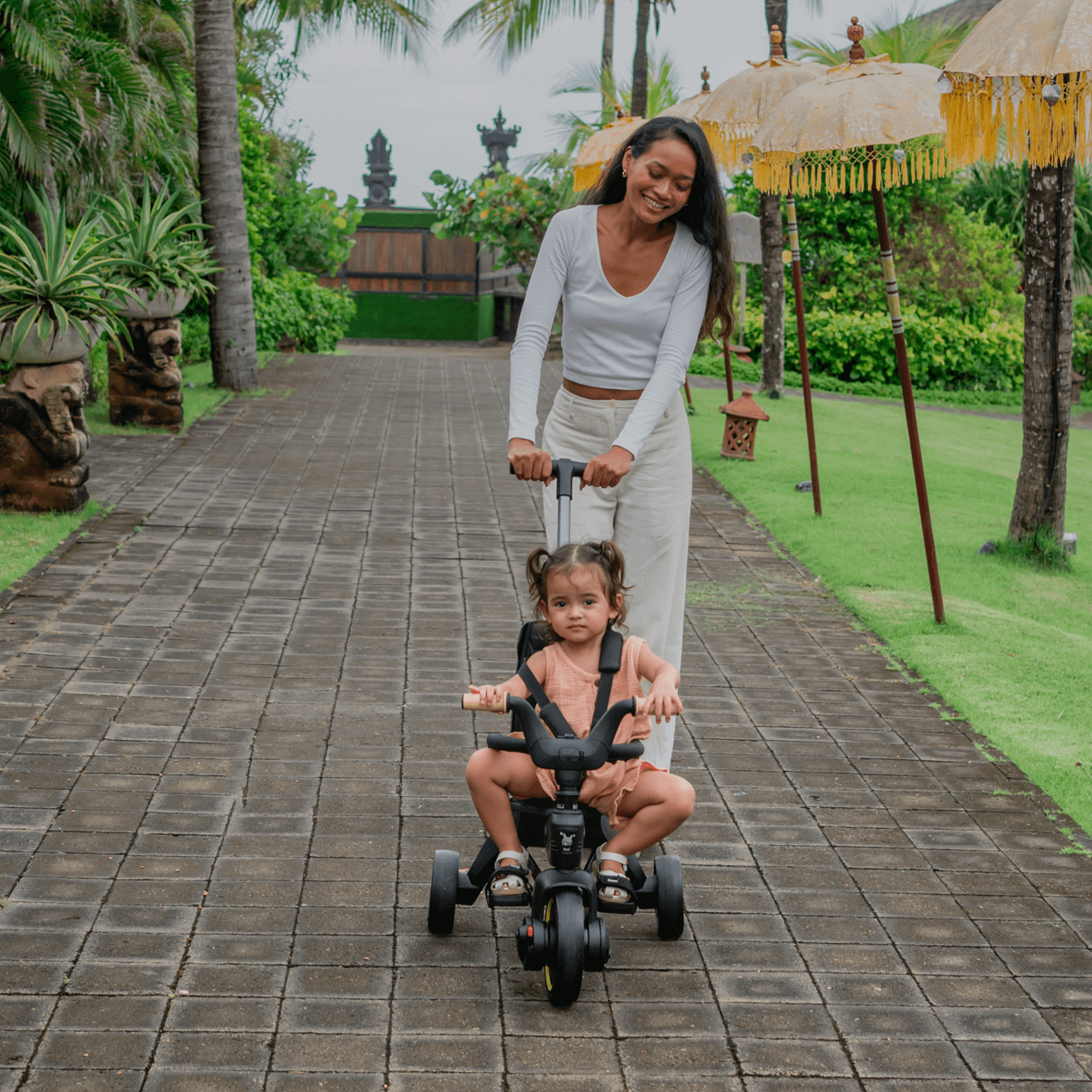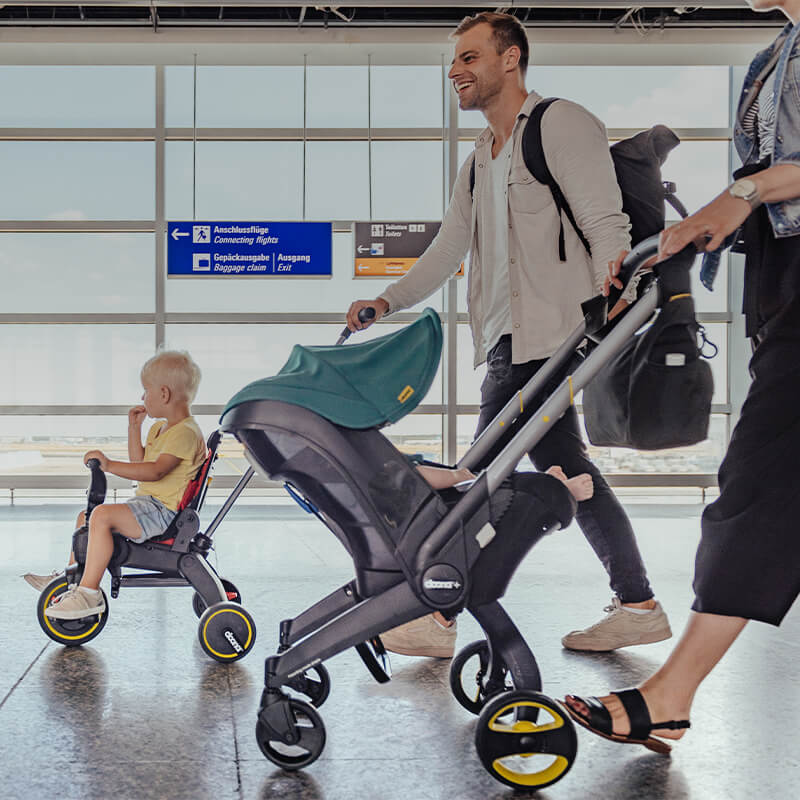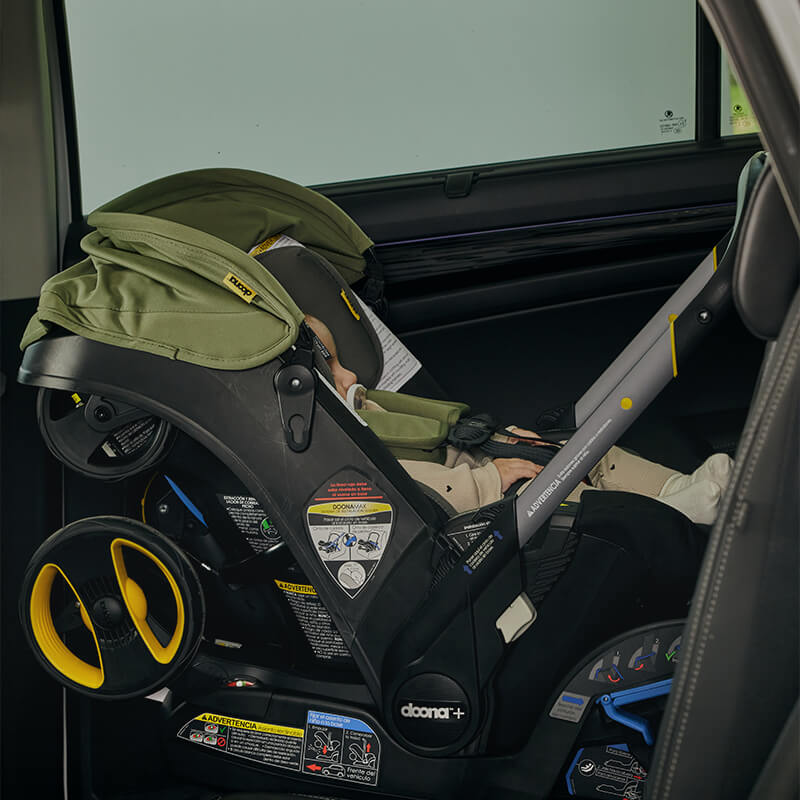Insights on Supporting Children with Sensory Differences with SLP, Jessie Ginsburg
In our latest Insight Series, we spoke with Jessie Ginsburg, a speech-language pathologist, author, founder, and mom of almost five on communication strategies for younger children with sensory differences. Jessie shares invaluable insights on early signs of sensory issues, how to approach getting help, practical tips for parents, neurodiversity-affirming therapy, and so much more. Keep reading for Jessie’s expert advice!
Can you tell us a little about your background as a speech language pathologist and your experience working with sensory processing in children?
I have been a speech-language pathologist (SLP) for 12 years, and specialize in working with younger children and their families. I became known as the “Sensory SLP” after publishing articles and speaking internationally about supporting communication development in neurodivergent children.
Earlier this year I released a best-selling book called “Ready Set Connect: A Sensory-Based Approach to Accelerate Communication in Autistic Kids” and through that book have been able to impact many parents and professionals around the globe.
I am also the mom of soon-to-be 5 boys, and have learned so much about sensory differences and communication from my own children.
What inspired you to specialize in sensory challenges related to speech and language development?
As speech-language pathologists, we are taught to work on building language. The problem is that when we jump straight to working on language, we’re missing a couple of important steps. In order to build a strong foundation for communication, we also need to make sure children are regulated and engaged. This is particularly relevant for children with sensory differences because they impact children’s ability to regulate, engage, and communicate.
My approach focuses on starting at the bottom of the staircase – addressing their sensory needs to help them become more regulated. After children are regulated, then we can focus on engagement and building communication.
"We put connection, both with our clients and their families, at the forefront of everything we do because we believe that connection leads to learning."
As the founder of a top-rated clinic in Los Angeles, Pediatric Therapy Playhouse, what makes your clinic’s approach different from other clinics and SLPs?
Our clinic’s mission is to improve lives through meaningful connection. We put connection, both with our clients and their families, at the forefront of everything we do because we believe that connection leads to learning.
Our goal is for children to not just enjoy coming to our clinic, but to look forward to it. I chose the name Playhouse very intentionally. I didn’t want children to feel like they were going somewhere to “work” or do something that wasn’t going to be fun. I wanted children to excitedly say, “We’re going to the Playhouse!”
Family involvement is paramount in what we do. We believe that parents are the experts on their own children, and through our parent coaching and training we empower parents to truly feel like the experts on their own kids.
Can you explain a little bit about what neurodiversity affirming therapy is and why it is important?
First let’s break down the term neurodiversity affirming. Neuro = brain, diversity = differences. Therefore, when we look at children through a neurodiversity affirming lens, we see their brain differences as something to embrace rather than something to “fix.”
When we affirm our kids, we send the message to them that they are valuable, and they feel appreciated for who they are, leading to developing a positive self-identity. (As opposed to getting sucked into the narrative of – you are different, different is bad, different is less, different is broken, and you need to be like everyone else, leading to poor emotional wellbeing).
With neurodiversity affirming care, we embrace children for who they are, while also supporting them in their areas of need.
What are some common signs that a child might be struggling with sensory issues that affect their communication?
Sensory differences can present in many different ways. Children may be under-sensitive or over-sensitive to different sensory input (sight, smell, touch, taste, sound, movement). For example, a child who is over-sensitive to sound might cover their ears often to block out the noise, whereas a child who is under-responsive to sound might try to create more sound in their environment.
When children are focusing on getting their sensory needs met, they often don’t have the capacity for communicating because they are trying to help their bodies to feel safe and regulated. If a child is slow to progress in their language development, or it feels like they are plateauing, that can be a sign that the child may have sensory differences. Another sign is that the child may appear to be more focused on their body and getting the movement that they need, than communicating.
Oftentimes sensory differences impact children in many ways, so you will typically see areas of difficulty beyond language development. For example, you may see feeding issues, motor challenges, or differences in socializing with peers and others.
How can parents identify if their child’s speech delays might be related to sensory processing challenges?
Meeting with a sensory trained therapist for an evaluation is the best way to determine if a child has sensory differences. If the child is already in speech therapy and you suspect sensory differences, this would be a great topic to bring up with your therapist.
"I encourage families to create sensory-based language building routines that fit seamlessly into their daily activities."
What are some simple sensory activities parents can do at home to support their child’s speech and language development?
My number one piece of advice would be to determine which sensory experiences a child loves and which sensory experiences a child dislikes. Try to accommodate or minimize those that your child dislikes, in order to help them maintain a sense of safety. For example, if your child is sensitive to sounds, you may try headphones to help drown out the noise in busy environments.
When you identify which sensory experiences your child loves, try to bring those into activities or routines you do with your child. If your child loves big squeezes, you may choose to incorporate big hugs into your bedtime routine. If your child loves movement, you may choose to take a nice family walk in the evenings.
I encourage families to create sensory-based language building routines that fit seamlessly into their daily activities. That might mean saying, “Ready…set…” and letting your child fill in “Go!” before picking them up and spinning them around and crashing onto the couch. Or singing your child’s favorite song while rocking them back and forth on your lap, allowing your child the opportunity to fill in some of the words.
For parents of children with sensory processing issues, what’s the most important advice you would give when it comes to supporting their child's speech development?
Find the right professional to support you, your child and your family. You will have a gut instinct when you know you have met the right therapist. Therapy should be fun and feel good for you and your child.
Do you have any tips for parents on how to make car rides or strolls more comfortable for children with sensory sensitivities?
If you have a child who is sensitive to sounds or light, it can be helpful to utilize the canopy. When you pull that up it can create a safe space for your child that minimizes the visual input and sound that comes in. If you have a child who loves to stay busy, try adding a dangling toy to your car seat or stroller. This gives them a chance to fidget while on the go. Providing snacks in the stroller can also be a good way to help calm a child and keep them more regulated for a walk.
What would you like to share with parents about the importance of early intervention when it comes to sensory processing and speech issues?
There are no downsides to early intervention – only benefits! Speaking as a parent who has had my own children in therapy, it is a fun activity for the child where they can get 1:1 attention that will help them to build their skills. I have never heard a parent say that they regret starting speech therapy, or that they should have waited. I do however, oftentimes hear parents say they wish they started sooner.
And if you’re not sure whether your child needs therapy or not, start with an evaluation. There are great early intervention programs in every state and you should be able to get an evaluation free of cost.
What do you love most about your work and the impact you have on families?
Wow, there is so much I love about being a speech-language pathologist. I have to say what I love most is empowering therapists and parents through education and training. It’s an incredible feeling to know that through our clinic we are making a positive impact on our small community, and that through the education we provide through my book and our online platforms, we are making a difference globally.
Jessie is a speech-language pathologist, founder, author, and mom of soon-to-be five little ones. Stay connected with Jessie through her Instagram handle @sensory.slp.
